The Abashiri Prison Museum, located in Hokkaido Prefecture in Japan, offers a unique window into the prison history of the country. This historic site, once a real prison, has been transformed into a museum to educate the public about the living conditions of prisoners and the Japanese prison system of the past. In this article, we'll guide you through the history of the Hokkaido prisoners, what you can expect from your visit to the museum, as well as details about the lives of the prisoners held there.
Learn all about the history of Hokkaido prisoners
The Abashiri Prison, inaugurated in 1890, was designed as part of a national strategy to develop and secure Hokkaido, Japan's northern border, in the face of the potential threat from Russia. This geopolitical context led to the creation of a series of prisons in the region, of which Abashiri was one of the main establishments. The prison was strategically located to exploit prison labor in regional development projects, including agriculture, road building and logging. The prisoners, often sent to Abashiri from other parts of Japan, were mainly repeat offenders or criminals considered particularly difficult. The policy of the time aimed not only to isolate these individuals from society but also to use their labor to physically transform Japan's northern landscape.
Over the years, Abashiri has become synonymous with extreme prison conditions, largely due to Hokkaido's harsh climate, with its long and freezing winters. Accounts from the period describe precarious living conditions, where inmates were often subjected to forced labor in subzero temperatures, with insufficient equipment to protect them from the cold. Despite these conditions, or perhaps because of them, Abashiri Prison and its prisoners played a crucial role in the economic development of Hokkaido. Their labor not only helped establish essential infrastructure but also contributed to the colonization and cultural integration of this region with the rest of Japan. The complexity of this history, mixing exploitation and economic contribution, is what makes the Abashiri Prison Museum particularly poignant and informative for visitors today.

Visiting the Abashiri Prison Museum
Visiting the Abashiri Prison Museum is an educational and emotional dive into Japan's prison history. Located in the town of Abashiri in Hokkaido, this one-of-a-kind museum offers visitors the opportunity to explore the preserved facilities of one of Japan's most famous prisons. The museum includes several original buildings, including holding cells, work shops, and administrative offices, all carefully restored to reflect their original condition. By walking through these structures, visitors can get a firsthand idea of the living conditions of the inmates, observing the tools they used and the uniforms they wore, offering a rare glimpse into their daily life.
In addition to the physical tour of the buildings, the museum also offers a series of interactive and educational exhibitions that enrich the experience. These exhibits detail the history of the colonization of Hokkaido, the role of prisoners in this "enterprise", and the various aspects of prison life, including health, diet and discipline within. of the establishment. Multimedia devices and information panels provide historical and social context, allowing visitors to understand not only the facts, but also the human and emotional impacts of the incarceration at Abashiri. This educational tour is designed to be accessible to all, with audio guides available in multiple languages, ensuring that visitors of all backgrounds can fully appreciate the historical and cultural significance of this site.

The different buildings of the prison
The Abashiri Prison Museum is made up of several historic buildings, each depicting a different aspect of prison life and prison administration at the time. The main building, or the cell block, is the central attraction. This building includes rows of narrow cells where prisoners were confined. Each cell is austerely furnished, reflecting minimal living conditions with just a futon for sleeping and a small space for personal belongings. This block gives visitors a vivid impression of the isolation and rigor of the inmates's daily life.
Next to the cell block, visitors can explore the workshops where prisoners were put to work. These buildings include areas for woodworking, blacksmithing, and other forms of manual labor that were common in forced labor programs. Seeing these workshops helps to understand not only the type of work the prisoners had to do, but also how this work contributed to the colonization and economic development of Hokkaido. Other important buildings include the administrative quarter, where visitors can see the offices of guards and other prison officials, as well as facilities like the prison kitchen and infirmary, which offer insight into logistics necessary to manage such an institution. These explorations are complemented by explanatory panels and exhibitions which provide additional information on the history and functioning of each space within the prison.

The life of prisoners in Japan
The lives of prisoners in Japan, particularly at Abashiri Prison, were marked by extremely harsh conditions and daily challenges that tested the limits of human resilience. Abashiri inmates were often subjected to a regime of forced labor, used as cheap labor to contribute to the infrastructural development of Hokkaido. The days were long and exhausting, with prisoners working in often unforgiving weather conditions, without adequate equipment to protect against the bitter cold of winter or the humid heat of summer. This work was not only physically difficult, it was also psychologically taxing, the repetitiveness and harshness of the tasks leaving little room for hope or morale.
In addition to the challenges of forced labor, living conditions in the cells were extremely spartan. Detainees lived in confined, often overcrowded spaces with minimal access to personal hygiene and insufficient sanitation facilities. Food was basic and rationed, providing only the minimum necessary to sustain everyone's needs. Despite this, forms of community often developed among prisoners, allowing them to find ways to support and comfort each other. The museum exhibits these aspects of prison life through personal artifacts, written accounts and re-enactments that help visitors understand not only the hardships endured by inmates, but also their ingenuity and humanity facing inhumane conditions. These stories highlight the poignant contrast between the harshness of the prison regime and the resilience of the human spirit.

A visit to the Abashiri Prison Museum is more than a history lesson; it's a moving experience that takes a deep look at dark but important aspects of Japanese history. By exploring preserved buildings and hearing the stories of former inmates, visitors can better appreciate the complexities of Japan's prison past and the lessons we can learn from it today. If you are planning a visit to Hokkaido, the museum offers a unique perspective and in-depth understanding of regional and national history.












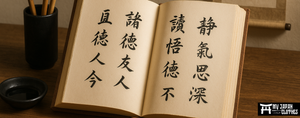


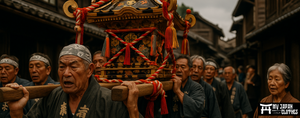
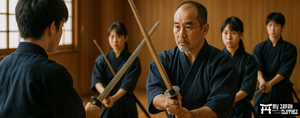


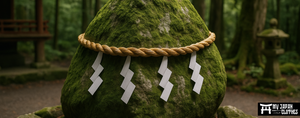



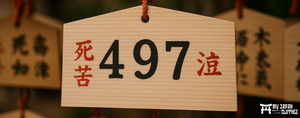


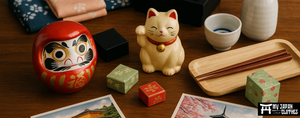
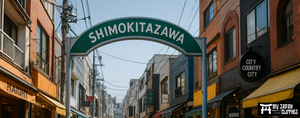

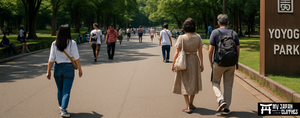

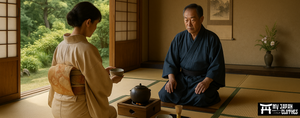
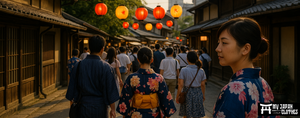
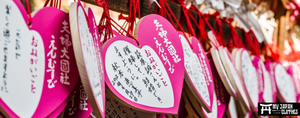



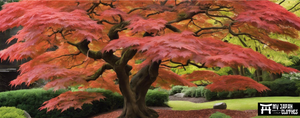
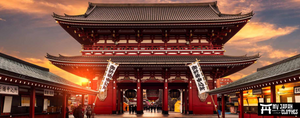
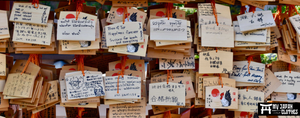

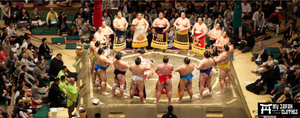









Leave a comment